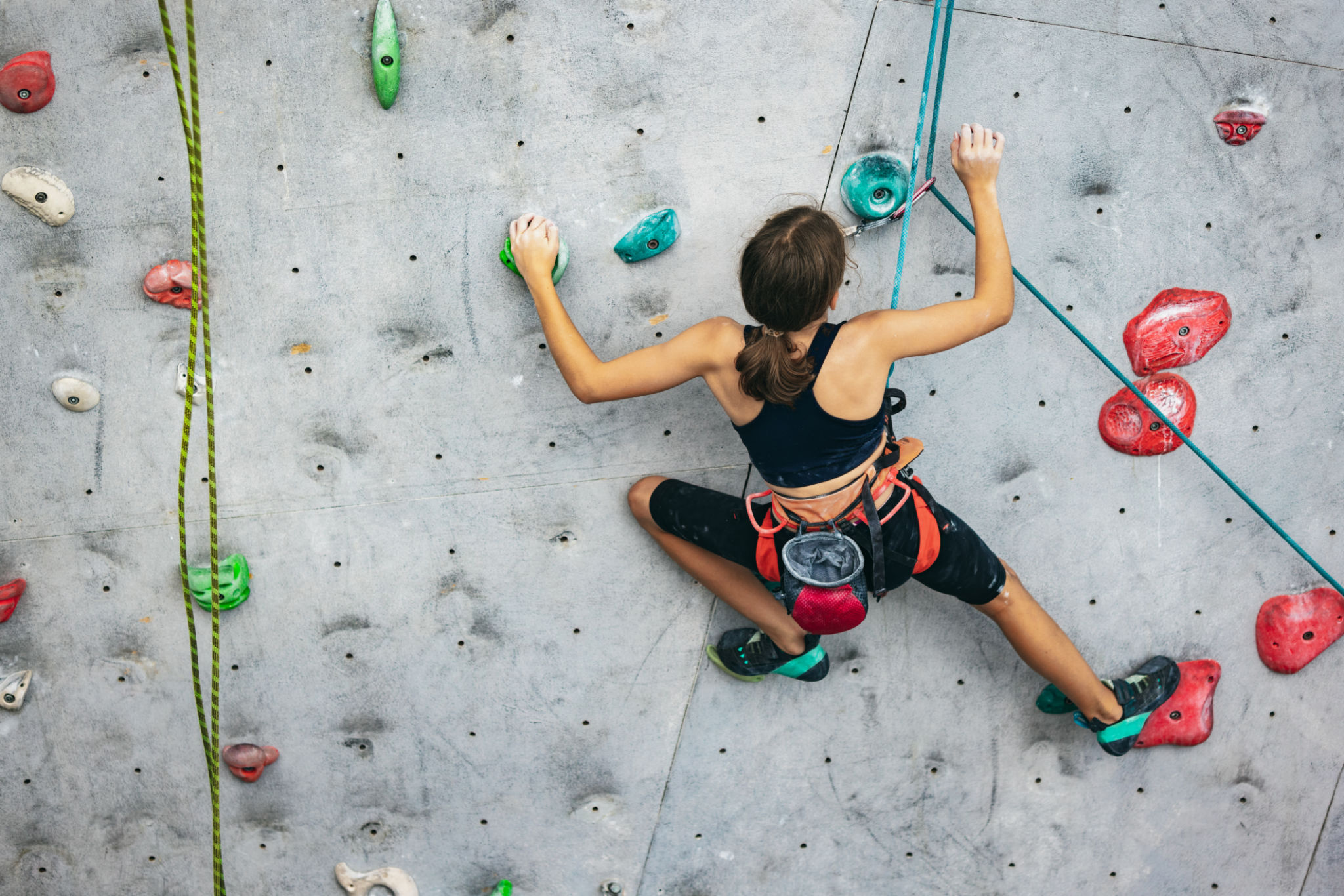How to Log Climbs Effectively: A Guide for Indoor Climbers
Introduction to Climb Logging
Whether you're a seasoned indoor climber or just beginning your journey, effectively logging your climbs can significantly enhance your climbing experience. Keeping track of your progress not only helps you remember your achievements but also allows you to pinpoint areas for improvement.

Why You Should Log Your Climbs
Logging your climbs offers several benefits. It helps you stay motivated by providing a visual representation of your progress. Additionally, it allows you to analyze patterns in your climbing habits, such as which types of routes you excel at or struggle with. This information is invaluable for setting realistic goals and achieving them.
Tracking Progress
When you log climbs, you create a record of your achievements over time. This record can be a great source of motivation, especially on days when you're feeling stuck or unmotivated. Seeing how far you've come can reignite your passion and drive to improve.
Choosing the Right Tools
There are various tools available for logging climbs, ranging from traditional notebooks to modern climbing apps. Each has its own set of advantages and choosing the right one depends on your personal preferences and goals.
Traditional Methods
A simple notebook can be an effective tool for logging climbs. Write down the date, type of climb, grade, and any notes about the experience. This method is straightforward and allows for creative freedom in how you document each session.

Digital Solutions
For those who prefer technology, numerous apps are designed specifically for climbers. These apps often come with features like progress tracking, goal setting, and community engagement. Some popular options include Vertical-Life, MyClimb, and Climb Coach.
What to Log
To make the most out of your climbing log, it's important to record specific details about each climb. Here are some key elements to consider:
- Date: When did you complete the climb?
- Location: Where did the climb take place?
- Grade: What difficulty level was the climb?
- Type: Was it a boulder problem or a lead climb?
- Notes: Any observations or feelings about the climb.

Analyzing Your Logs
Once you've consistently logged your climbs, take time to review your entries. Look for patterns in your performance and identify areas that might need more attention. This analysis can help you tailor your training to address specific weaknesses and capitalize on strengths.
Setting Goals
Use the insights gained from your logs to set achievable goals. Whether it's improving a specific skill or tackling a harder grade, having clear objectives will keep you focused and motivated on your climbing journey.
Conclusion
Logging climbs effectively requires discipline and consistency, but the benefits are well worth the effort. By keeping detailed records of your climbing experiences, you'll be better equipped to understand your abilities and push yourself to new heights. Embrace this practice and watch as it transforms not only your climbing skills but also your overall experience in the sport.
